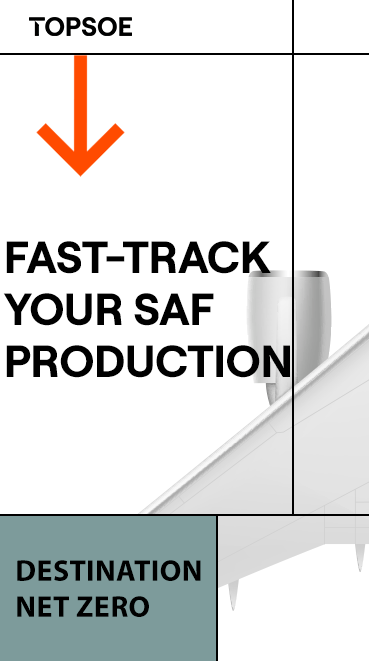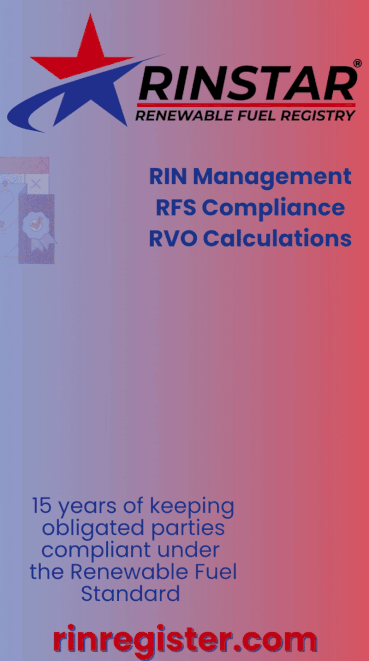Fuel retailers respond to Biden administration’s proposed vehicle-emissions standards
- NATSO
- Apr 19, 2023
- 3 min read

NATSO, representing America’s travel centers and truck stops, and SIGMA: America’s Leading Fuel Marketers, encouraged the Biden administration to work with the nation’s fuel retailers to implement policies that will encourage private-sector investment in alternative fuels.
The organizations represent 80 percent of fuel sold at retail, including some of the most sophisticated, forward-thinking companies in the transportation energy value chain.
NATSO and SIGMA urged the administration to adopt a more technology-neutral approach to clean-fuel incentive policies.
The Biden administration has repeatedly picked winners and losers using metrics that are untethered to emissions-reduction outcomes.
The tailpipe-emissions rules proposed April 12 are the latest example, but the pattern includes supporting favorable tax treatment for sustainable aviation fuel (SAF) and proposing to award valuable eRIN credits to automakers rather than charging-station owners.
“Fuel retailers are actively investing in many technologies that reduce carbon emissions from transportation fuels,” said David Fialkov, executive vice president of government affairs for both NATSO and SIGMA. “Some of these investments are profitable today, others won’t be profitable for many years. But they all reduce emissions and should be supported at a level that is commensurate with their relative climate benefits and commercial viability.”
Fialkov continued, saying, “For light-duty vehicles, the administration’s current strategy does not sufficiently consider the needs of consumers. It is irresponsible for the administration to push automakers to transition to EVs so rapidly without any coherent vision for the charging marketplace that those cars will need to refuel. Unless this glaring blind spot is addressed soon, the $7.5 billion dollars that the administration is distributing for EV-charging grants will be squandered on unreliable technology in undesirable locations. This doesn’t make consumers want to switch to an EV.”
Fialkov also addressed the heavy-duty proposed regulations.
“For heavy-duty vehicles, the administration’s current strategy does not recognize the need to support lower-carbon alternatives to diesel fuel that are currently commercially viable, such as biodiesel and renewable diesel,” Fialkov said. “Instead, it seems overly focused on ‘shiny’ technologies that are decades away from being viable at scale. Preferential tax treatment for sustainable aviation fuel helps airline shareholders more than it helps the climate. Renewable diesel production capacity is outpacing EPA’s incentive structure that supports those fuels, and the Department of Treasury is in the process of implementing rules that will effectively cut off imports of cleaner alternatives to diesel fuel. It’s as though they’re actively trying to increase emissions from the trucking sector.”
The fastest, most efficient way to lower carbon emissions is through market-oriented, consumer-focused policies that encourage all fueling technologies to improve their respective emissions.
According to NATSO and SIGMA, policies that would drive private-sector investment in alternative fuels include:
Ensuring that sustainable aviation fuel is subjected to a more rigorous greenhouse-gas modeling standard as long as it receives a higher tax credit than renewable diesel and biodiesel. SAF requires more feedstock, higher energy inputs, and produces less emissions savings than biodiesel and renewable diesel. Because these fuels rely on the same limited feedstocks, a higher tax credit for SAF, without parity for other transportation fuels, encourages biofuel producers to make fewer gallons of emissions-reducing fuels than they otherwise would.
Permitting owners of direct current (DC) fast chargers to generate electric renewable identification numbers (eRINs) when the electricity is produced from qualifying feedstocks. Allowing fuel retailers to capture the value derived from eRINs would allow private fuel retailers to overcome financial challenges associated with installing charging stations and procuring and selling power to EV drivers. Automakers have urged EPA to allow car makers to reap the benefit from eRINs, even as their own research underscores the need for policies that support investment in public EV-charging infrastructure.
Creating a new, competitive marketplace for fast, publicly accessible EV-charging sales. Regulated utilities should be encouraged to create EV-specific rates that allow businesses to confidently invest in charging stations. Unless charging station operators can make money selling electricity to EV drivers, EV drivers will continue to have challenges finding attractive places to refuel. Grant money and stringent tailpipe-emission standards cannot overcome that.

























-RKstandin.jpg)





